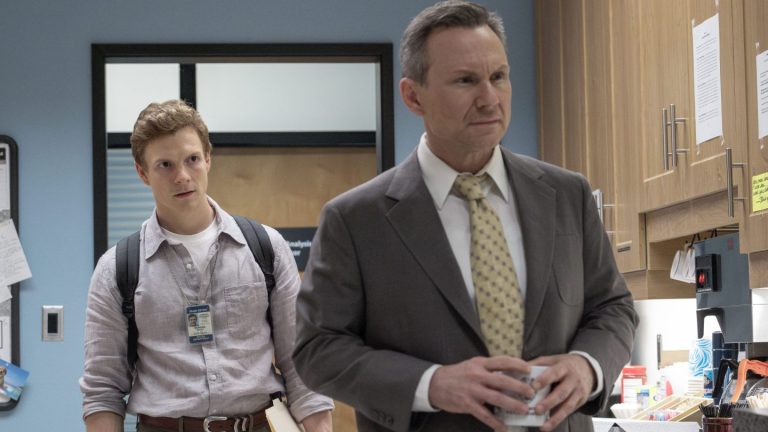Nigel Farage has said he is “still friends” with Elon Musk after the world’s richest man said the Reform MP “doesn’t have what it takes” to lead his party.
In an interview with Sky’s political correspondent Ali Fortescue, Mr Farage said he has spoken with the billionaire owner of X since his criticism on 5 January, when Mr Musk said: “The Reform Party needs a new leader. Farage doesn’t have what it takes.”
Asked if the pair are still friends, Mr Farage told Sky News: “Of course we’re friends. He just says what he thinks at any moment in time.”
He added he has “been in touch” with Mr Musk, though wouldn’t divulge what they had discussed.
“Look, he said lots of supportive things. He said one thing that wasn’t supportive. I mean, that’s just the way it is,” Mr Farage said.
Asked if he was afraid to criticise the tech mogul, the Clacton MP said the situation was “the opposite”, and he openly disagreed with Mr Musk on his views on far-right activist Tommy Robinson.
Mr Farage said: “What he [Musk] was saying online was that effectively Tommy Robinson was a political prisoner and I wouldn’t go along with that.
“If I had gone along with that, he wouldn’t have put out a tweet that was against me.
“By the way, you know, I can’t be pushed or bullied or made to change by anybody.
“I stick to what I believe.”
This breaking news story is being updated and more details will be published shortly.
Please refresh the page for the fullest version.
You can receive breaking news alerts on a smartphone or tablet via the Sky News app. You can also follow us on WhatsApp and subscribe to our YouTube channel to keep up with the latest news.




























+ There are no comments
Add yours